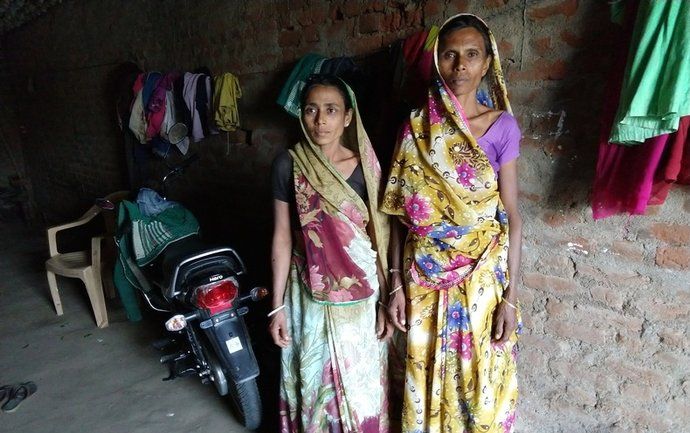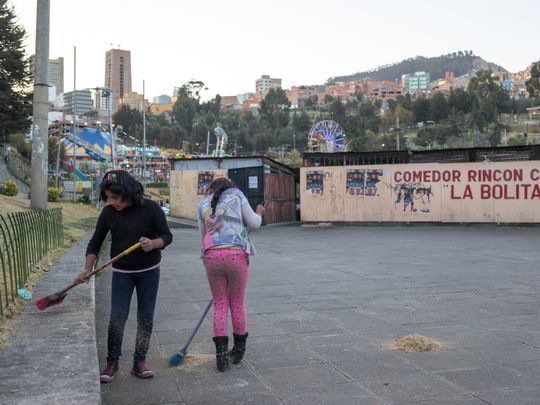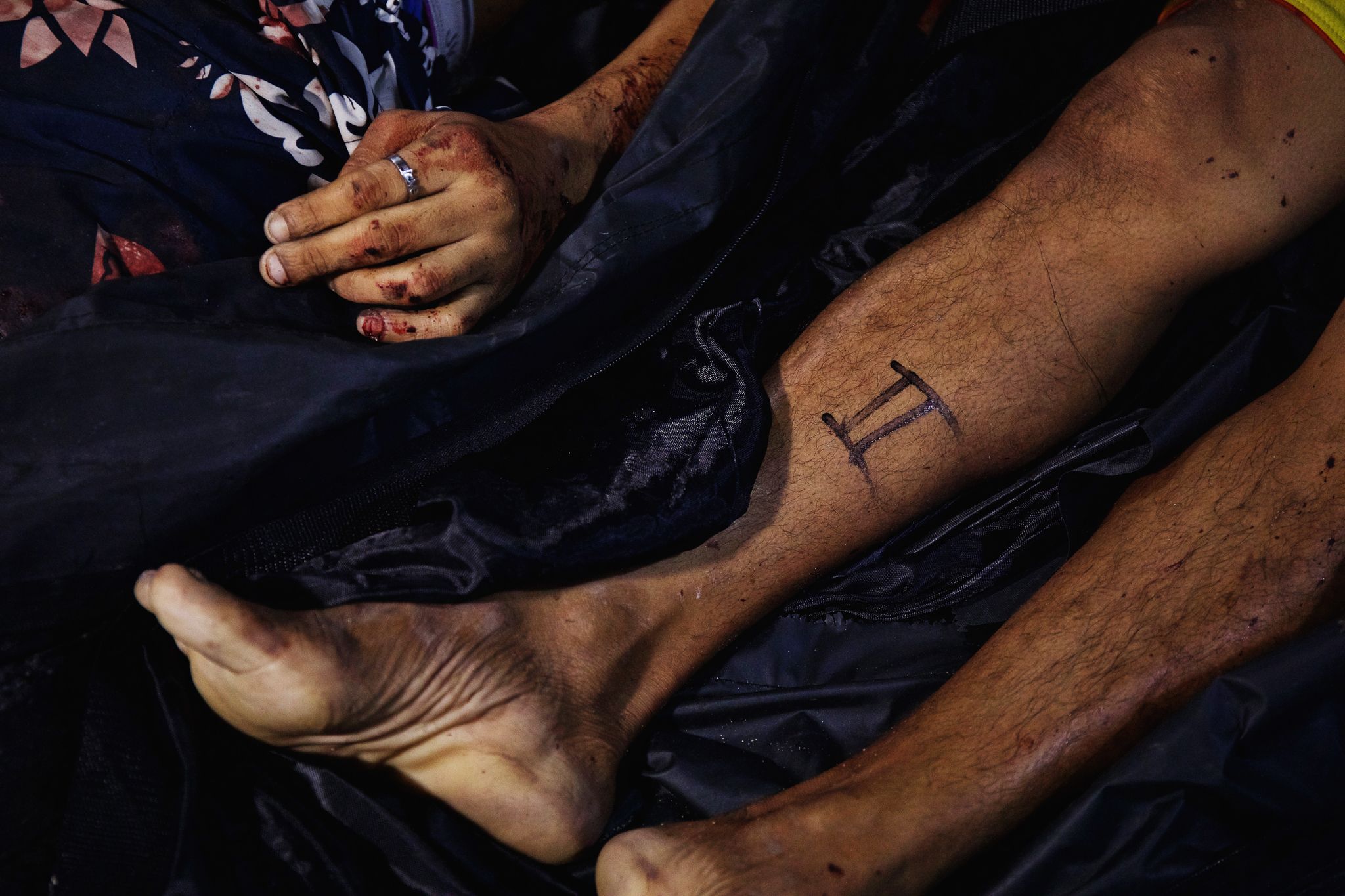Modern Witch Hunts
Seema Yasmin
More than 2,500 Indians were chased, tortured and killed in witch hunts between 2000 and 2016, according to India’s National Crime Records Bureau. As Seema Yasmin reports for Scientific American, the men who brand women as witches capitalize on deep-rooted superstitions, and on systemic misogyny and patriarchy. Women become convenient scapegoats—for poverty, crop failures, rising infant mortality rates, and diseases like malaria, typhoid, and cholera. Now, some women are fighting back.
Where 10-Year-Olds Work Legally
Tracey Eaton
Bolivia has the world's lowest minimum age for child labor: at 10, children can work for themselves or their families; at 12, they can work for others. It's a system open to abuse, as Tracey Eaton reports for USA Today.
Those Who Remain
Pat Nabong
The extrajudicial killings by Filipino security agents of suspected drug users and dealers have another set of victims: the surviving families of the dead. Pat Nabong, Pulitzer Center student fellow from Northwestern University Medill, reports for Narrative.ly.
Click here to subscribe to our weekly newsletter.


